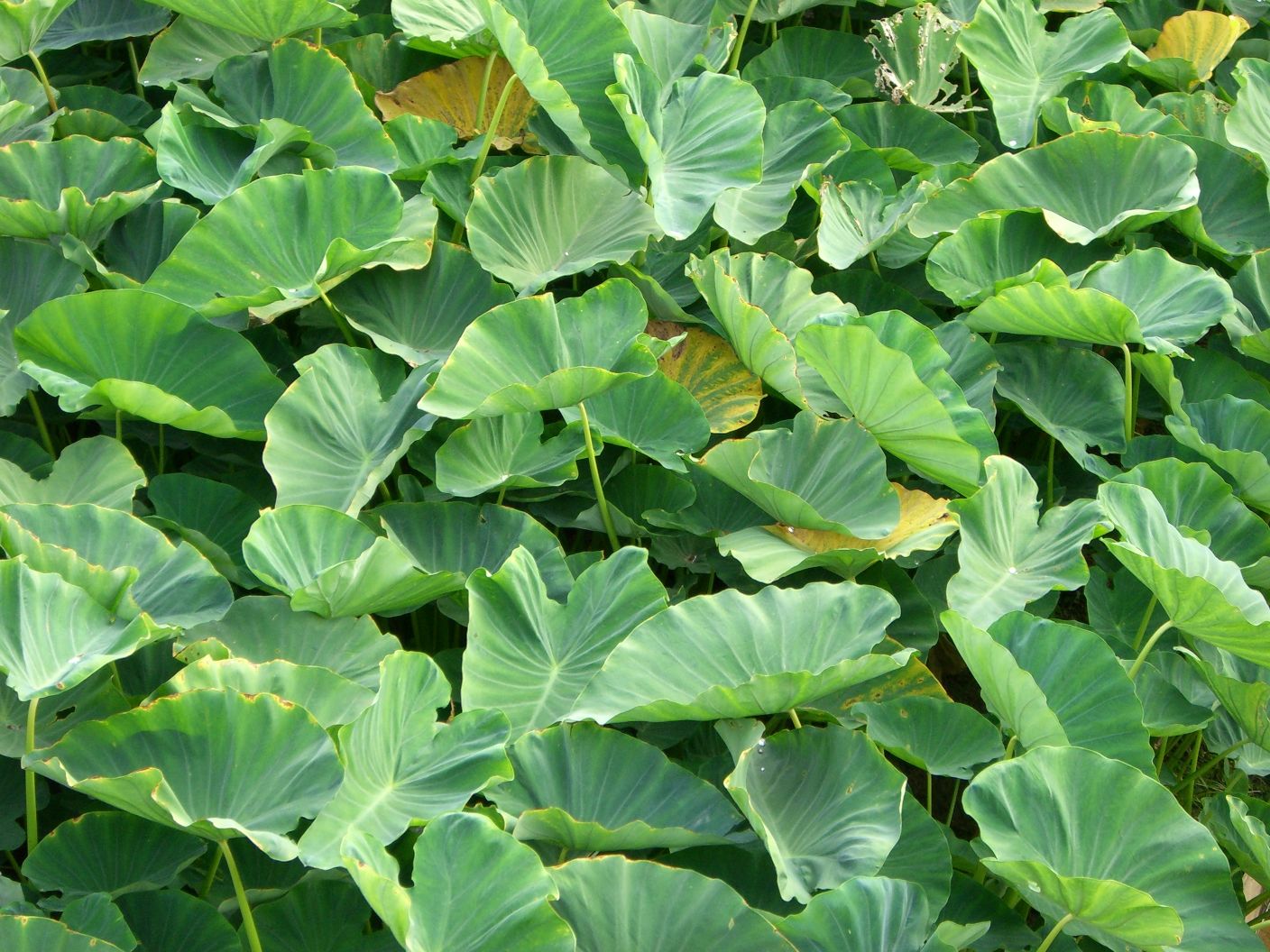Colocasia: The Elephant Ear Plant
Colocasia, commonly known as the Elephant Ear plant, is a tropical perennial that adds a touch of the exotic to any garden. Its large, heart-shaped leaves can come in various shades of green, purple, and even black, making it a striking addition to any landscape.
Colocasia thrives in warm, humid conditions. Here’s a basic guide to caring for your plant:
Sunlight: While they prefer bright, indirect light, some varieties can tolerate full sun.

There are numerous Colocasia varieties to choose from, each with its unique characteristics. Here are a few popular options:
Colocasia esculenta: This versatile variety is often grown for its edible corms, which are a staple food in many tropical regions.
Beyond its aesthetic appeal, Colocasia offers several benefits:
:max_bytes(150000):strip_icc()/illustris_elephants_ear-3c5efb2af5de468ca098f984863238df.jpg)
Shade: Its large leaves provide shade for other plants, helping to protect them from intense sunlight.
Colocasia is a beautiful and versatile plant that can add a tropical touch to any garden. With proper care, you can enjoy its striking foliage and potential benefits for years to come.
1. Can Colocasia be grown indoors? Yes, Colocasia can be grown indoors as a houseplant. However, it requires bright, indirect light and regular misting to maintain humidity.
2. Are Colocasia plants toxic to pets? Yes, Colocasia plants are toxic to both dogs and cats. If you have pets, it’s important to keep them away from the plant.
3. How do I propagate Colocasia? Colocasia can be propagated by dividing the corms or by taking cuttings from the plants.
4. Can Colocasia survive frost? No, Colocasia is a tropical plant and cannot tolerate frost. In colder climates, it must be brought indoors or protected during the winter months.
5. What pests or diseases can affect Colocasia? Colocasia plants can be susceptible to pests such as aphids, mealybugs, and spider mites. They can also be affected by diseases like root rot and bacterial wilt.






:strip_icc()/alcea-rosea-old-barnyard-hollyhock-ca629344-60ece34452c94844939ad381390abfc1.jpg?w=200&resize=200,112&ssl=1)
